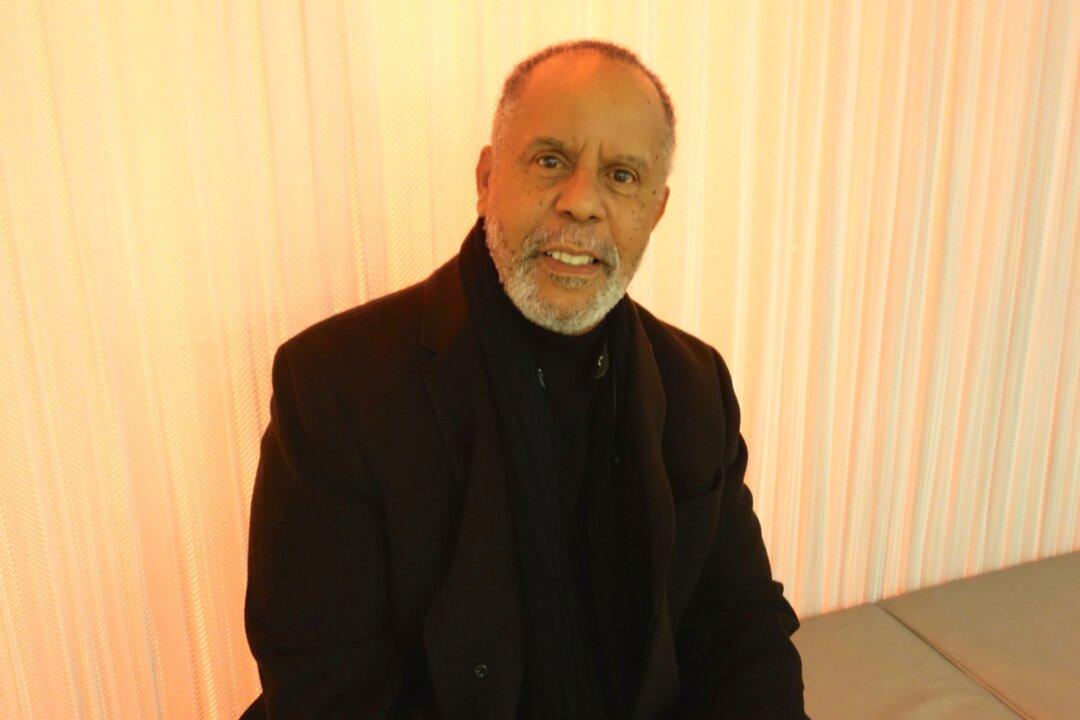Campus rapes and sexual assaults can be reduced. It will take multiple approaches. One key is for victims to feel willing to report the crime. Another is to handle reports fairly. Another is to build respect and empathy. Another is to learn to protect oneself and to intervene to protect others.
The worst effect of Rolling Stone’s “A Rape on Campus” story about an alleged campus rape at the University of Virginia, is that its feeds the myth that women often lie about sexual assault, but they do not, according to Dr. Laura Salazar, associate professor of Health Promotion and Behavior at Georgia State University.
“No, we do the opposite,” she said, with emphasis. “Women who are assaulted under-report.” Rolling Stone’s story, in which the reporter failed to verify basic facts, and editors failed to require clear attribution and transparency, “adds fuel to the fire … the idea that women lie” about rape. This makes victims even more reluctant to ask for help or for justice, according to the scholar.
Salazar developed a Web-based training program “proven to reduce the likelihood that college-age men will be involved in sexual assaults, and to raise the odds that they will intervene to stop a potential assault,” according to a university statement. Taking a detailed community survey before and after the program is how its effectiveness is measured.
Salazar’s program aims at the hearts and minds. It builds respect for women, and empathy for victims of sexual assault. It teaches people how to intervene if they see someone in danger.
In the male version, “we want to show true personal narratives, show what it does to victims, parents, brothers,” she said.
Some sexual assaults happen on campuses, according to Salazar, because young people are concentrated there, because of drinking, and because some young men do not understand consent. Sexual predators also target people at colleges, as they target people in other environments.





